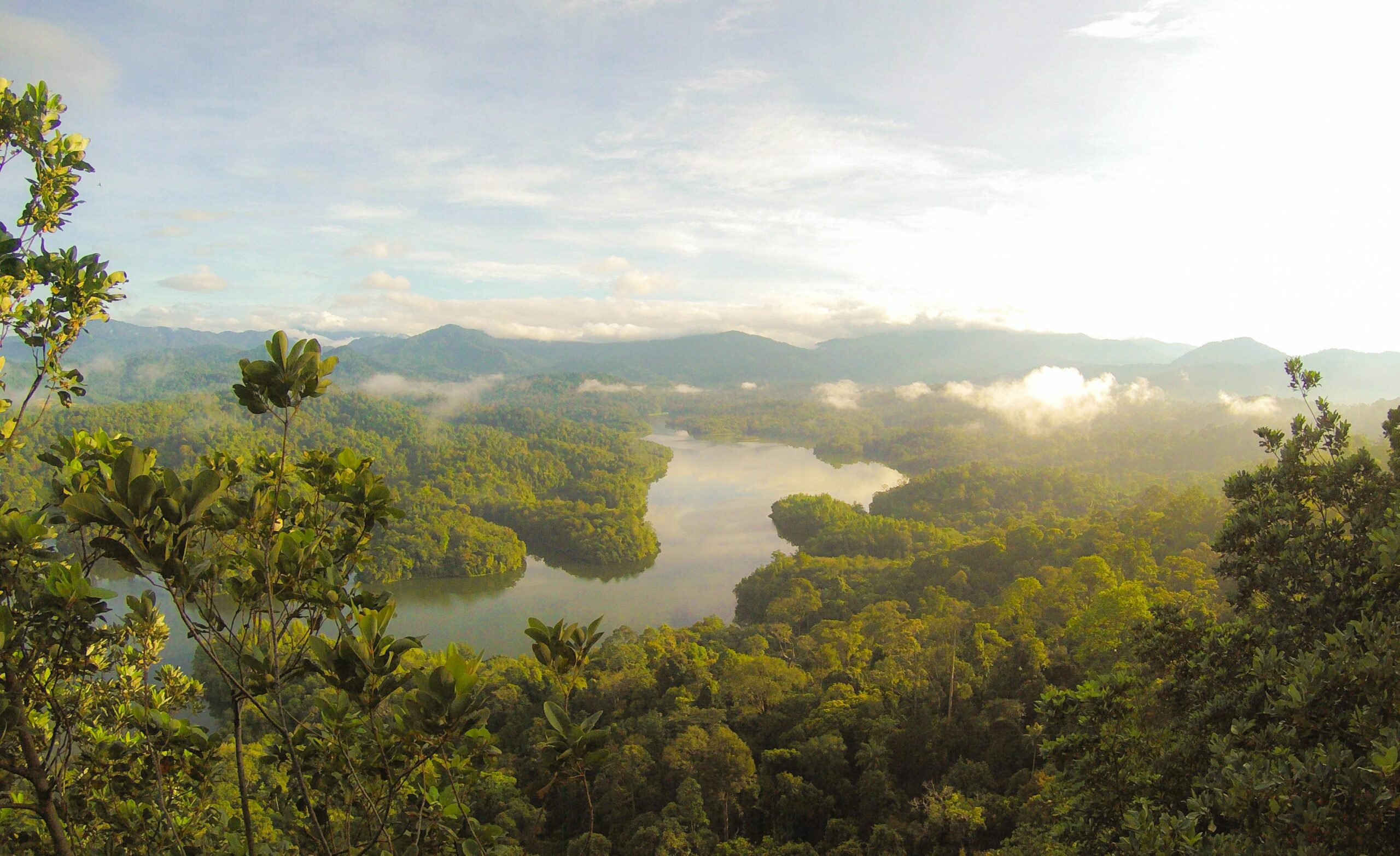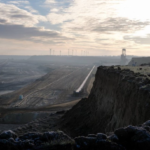At the international climate meeting COP-27 that took place in November last year, the United Nations Secretary-General António Guterres addressed the world in his speech in which he stated, “We are on a highway to climate hell with our foot still on the accelerator”. In order to press the brake, change is urgent. But will green technology and innovations really solve all our problems, or do we need a more fundamental shift? This article takes a look into the South American movement Buen Vivir, which offers an alternative to the hegemonic Western worldview of what it means to live in prosperity and well-being.
That a growing economy will lead to improved quality of life could perhaps be described as a normative statement, but it is gaining criticism. Voices advocating for so-called “degrowth” highlight the fact that endless growth doesn’t align well in a world with finite resources. In a famous speech at the United Nations Climate Summit of 2019, activist Greta Thunberg calls for world leaders’ action when she says, “We are in the beginning of a mass extinction, and all you can talk about is money and fairy tales of eternal economic growth. How dare you!”. In addition to the argument that consumerism is causing environmental degradation, critics also point out the inequality of this economic system. While the world undoubtedly has accumulated a massive amount of wealth in the past century, the division of that wealth is far from equal. According to the 2022 world inequality report, the wealthiest 1% owns 38% of the global wealth, while the poorest half of the world population owns just 2%.
However, while this critical standpoint of economic growth may be gaining a foothold, it is fair to say that the capitalist view of economy and development is still the current hegemony of the world. In 2015, the United Nations adopted a list of 17 Sustainable Development Goals, with the aim to build a globally shared view of how to create “peace and prosperity for people and the planet, now and into the future”. Goal number eight is to promote sustained economic growth. Goal number nine is to promote industrialization and innovation. This historically Western view that economic growth and industrialization are fundamental parts of development has been imposed on many countries through different development projects, and in the current globalized economy, few remain unaffected by it.
The emergence of Buen Vivir
Looking at the history of Ecuador, this industrialized model of development is evident. After its democratization in 1979, Ecuador was strongly driven by development policies implemented by the World Bank and IMF (International Monetary Fund). The country came to adopt more and more neoliberal market policies and kept a close relation to the US, even implementing the US dollar as currency in 2001. Being highly reliant on oil production, Ecuador entered an economic crisis during the 80s oil price collapse. Throughout the 90s, the steadily worsening economic situation and general political unrest resulted in eight presidents in just one decade.
At the start of the 21st century, poverty and inequality were still widespread, and critical voices against the capitalist model grew stronger. People were feeling frustrated about the negative social and environmental effects that the development projects and extractive economy caused. A similar trend could be seen in Bolivia, which also experienced extensive inequality and environmental damage, especially from the mining industry. According to Eduardo Gudyanas, director of the Latin American Centre for Social Ecology and a leading scholar in the field of development studies, this is when Buen Vivir started to emerge as a contemporary movement.
The philosophy of good living
Buen Vivir, or Sumak Kawsay in the Quechua language, can be described as a political philosophy, a way of thinking about our world and how we act within it. The concept stems from the Andean indigenous tradition. Similar traditions and ways of thinking can be found all over South America, but Ecuador and Bolivia have brought it to widespread attention due to the political imprint the movement has had there. The English translation of Buen Vivir would be something along the lines of “living well” or “good living”, although the true meaning couldn’t be encompassed into such a small phrase. It’s a plural concept that can be interpreted differently depending on origin and local knowledge, however, a few aspects are considered fundamental parts of this way of thinking.
Perhaps the most important part is the way humans relate to nature. In Buen Vivir, humans are not separated from nature. Pachamama, Mother Earth or Nature, is the foundation of which we are all part of, the very essence of life. As opposed to the anthropocentric worldview where humans are dominant and nature is a commodity, Buen Vivir takes on a biocentric perspective. This means that human well-being is dependent on the well-being of nature, and living in harmony with nature is vital. Another essential aspect is the importance of community, rather than the focus on individuals that tend to dominate Western thinking. Talking about well-being and prosperity within Buen Vivir has nothing to do with material accumulation to reach a certain standard. It is about prosperous communities that include nature, people, and all other life. Based on this, Buen Vivir strongly opposes the Western, capitalist view of development, and even views projects of industrialization as a continuation of colonial oppression.
Natures’ rights
The growing support of Buen Vivir and the rising critique against extractive capitalism eventually resulted in constitutional change in both Ecuador and Bolivia. In Ecuador, the new constitution was adopted in 2008 under the lead of leftist president Rafael Correa. The preamble of the new constitution since then reads: “We […] hereby decide to build a new form of public coexistence, in diversity and in harmony with nature, to achieve the good way of living, the sumak kawsay.” Just one year later, in 2009, Bolivia also adopted a new constitution that recognizes Buen Vivir as a guiding principle for state action. President at the time was Evo Morales, who is recognized to be Bolivia’s first president of indigenous descent. In 2011 Bolivia also adopted a new set of laws, becoming the first country in the world to give jurisdictional rights to nature. The legislation gives Mother Earth the rights “to life, to the diversity of life, to water, to clean air, to equilibrium, to restoration, and to pollution-free living”. It also includes the duties of the state and people to respect and defend the rights of Mother Earth and prevents any living system from being commercialized or privatized.
How much these new constitutions and laws actually have affected real-life policies is debatable. Correa’s government ultimately expanded resource extraction, arguing that economic capital needed to be accumulated first to eventually be able to move away from extraction. Oil exploitation intensified and deforestation increased. The government was also criticized for violating indigenous rights to territory and enabling a far more concentrated power of the government. The Bolivian law of Mother Earth proved difficult to implement. Together with the law, it was intended to create an ombudsman for Mother Earth, which still has not been created. During the Morales government oil exports also increased significantly in Bolivia, among other things to generate money for poverty reduction programs.
Expanding imagination
Changing a system is hard, and change within a system is perhaps even harder. Ecuador and Bolivia of course still act upon the capitalist market just like anybody else. But as Alberto Acosto said when he was leading the assembly for Ecuador’s new constitution, “only by imagining other worlds will this one be changed”. Buen Vivir shouldn’t necessarily be seen as something to be applied to the whole world instead of Western development. Eduardo Gudyanas emphasizes that other cultures and places will need to explore their own Buen Vivir. However, its foundation can be used to help us imagine alternatives and open our minds to other ways of thinking about concepts like development and prosperity. Perhaps more alternatives are still out there, waiting to be explored.




